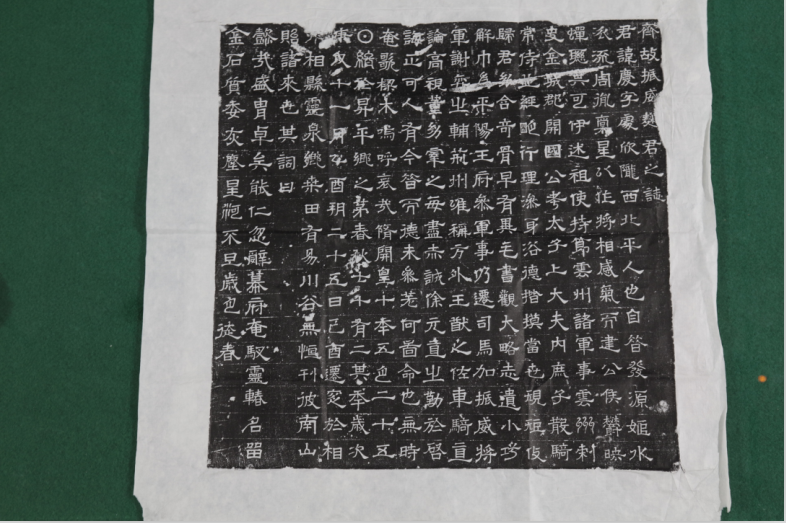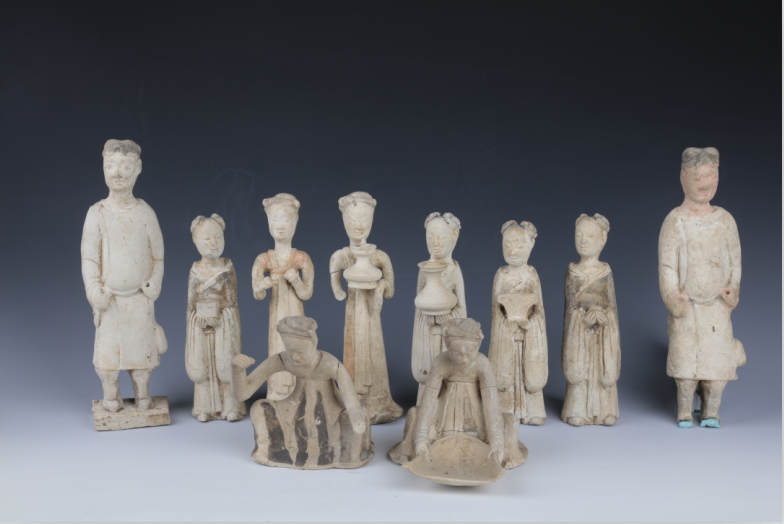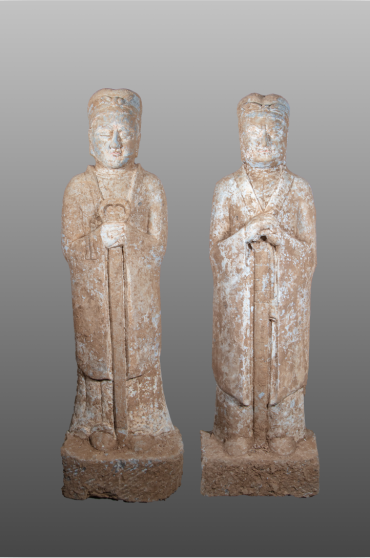1,500-Year-Old Tomb Discovered in Central China
China Daily reports that a tomb dated to the Sui Dynasty (A.D. 581–618) has been unearthed in central China’s Henan Province.
The tomb, which contains a coffin bed and screen made of white marble carved with patterns resembling those found in Zoroastrianism and Buddhism, belonged to a previously unknown couple named Qu Qing.
An epigraph unearthed from the tomb records the life experience of the tomb owners, a couple with the name Qu Qing, who never appeared in any historical files before.

The epigraph provides new evidence for character evolution and the art of calligraphy during the Sui Dynasty, according to the Anyang Institute of Cultural Relics and Archaeology, adding that it also has great value as complementing the institute’s history section.
Various patterns strongly in the style of Zoroastrianism were carved on the coffin bed and the screen, showing the daily life of the tomb owners and some religious allusions.
“The Qu family lived in the Longxi area, which occupied the main part of the Silk Road for a long time, so they were deeply influenced by European, West Asian and Central Asian cultures,” said Kong Deming, head of the institute.
The discovery of the coffin bed and dozens of relief patterns carved in Buddhist and Zoroastrian styles can be seen as a witness to the exchanges and mutual learning between Eastern and Western civilizations along the Silk Road, Kong said.
Furthermore, a large number of exquisite white Xiangzhou kiln porcelain was unearthed at the site.


According to Kong, the porcelain shows the high production level of the Xiangzhou kiln in Anyang during the Sui Dynasty.
It can also fill in the blanks in the research on Xiangzhou kiln porcelains and provide valuable materials for the origin and development of Chinese white porcelain.





